Covenant (Real Estate)
Explore covenants in Canadian real estate — what they are, how they affect property use, and why they’re important for land control.

July 27, 2025
What is a Covenant?
A covenant in real estate is a legally binding promise or restriction placed on a property’s use, typically recorded on title and enforceable by law or contract.
Why a Covenant Matters in Real Estate
In Canadian property law, covenants help regulate land use, protect property value, and maintain community standards.
Types of covenants:
- Restrictive covenant: limits property use (e.g., no further subdivision)
- Affirmative covenant: obligates action (e.g., maintain fence)
Covenants run with the land, meaning they bind future owners until removed or modified legally.
Example of a Covenant in Action
The title search revealed a restrictive covenant prohibiting the construction of additional dwellings on the lot.
Key Takeaways
- Legal promise tied to property use
- Can restrict or require certain actions
- Binds current and future owners
- Recorded on property title
- May require legal process to change



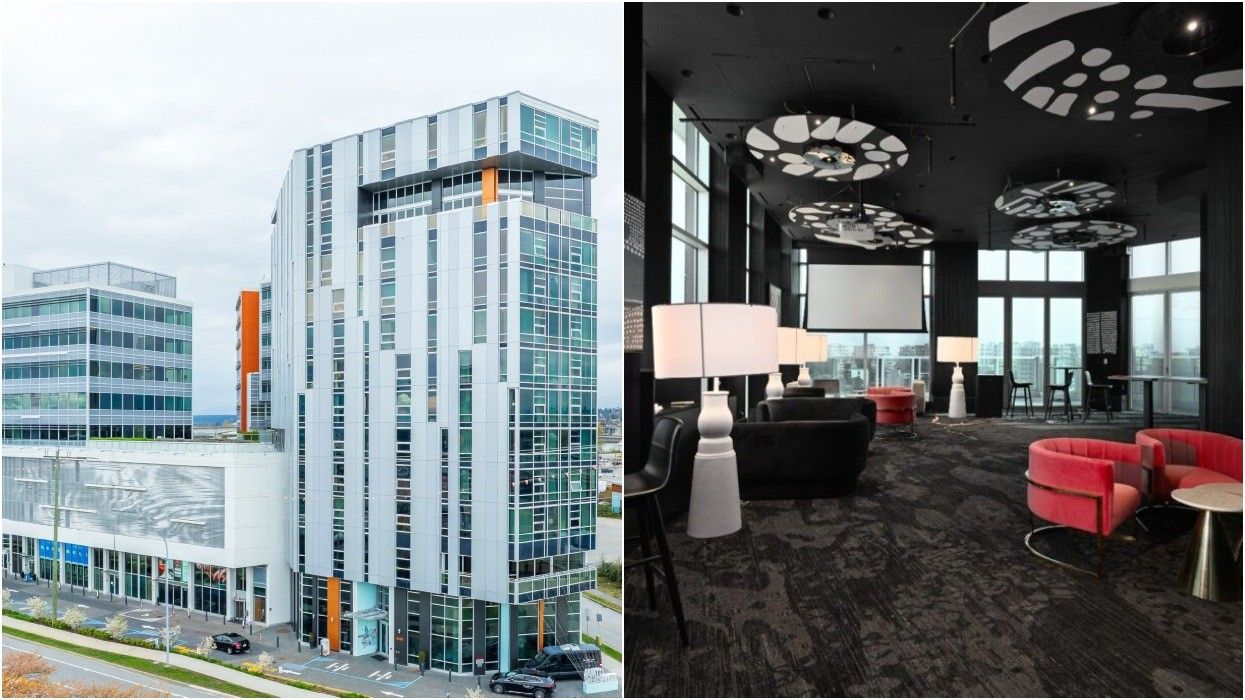
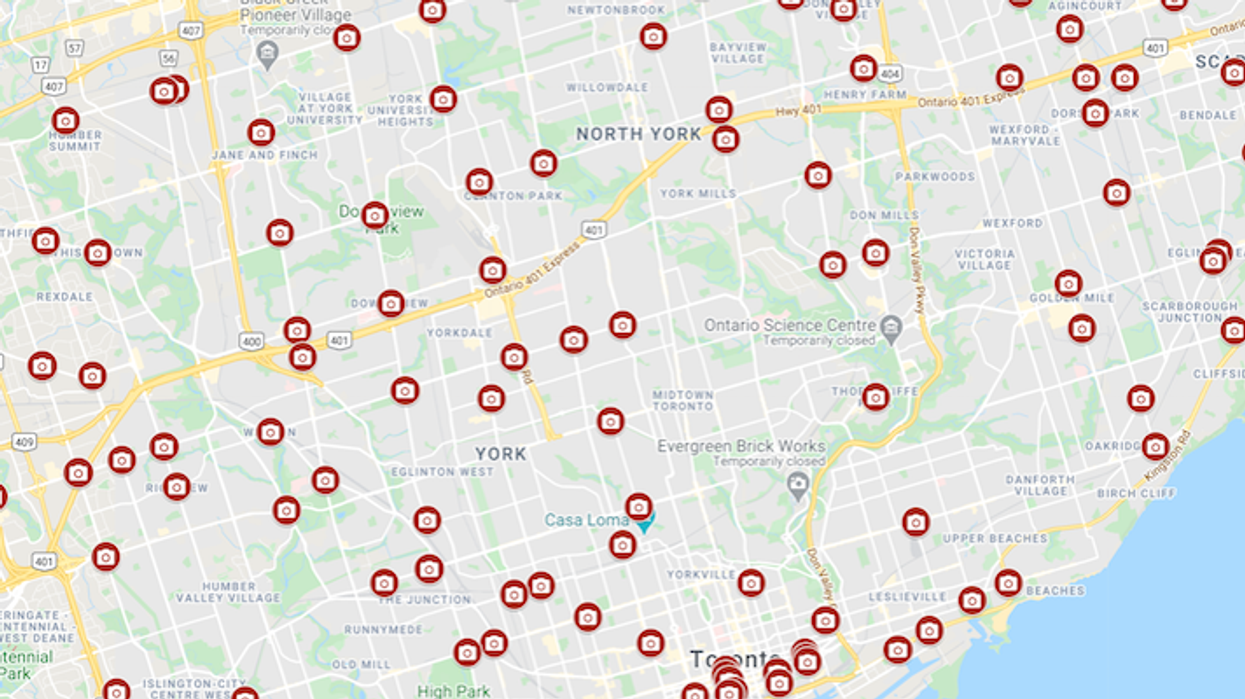



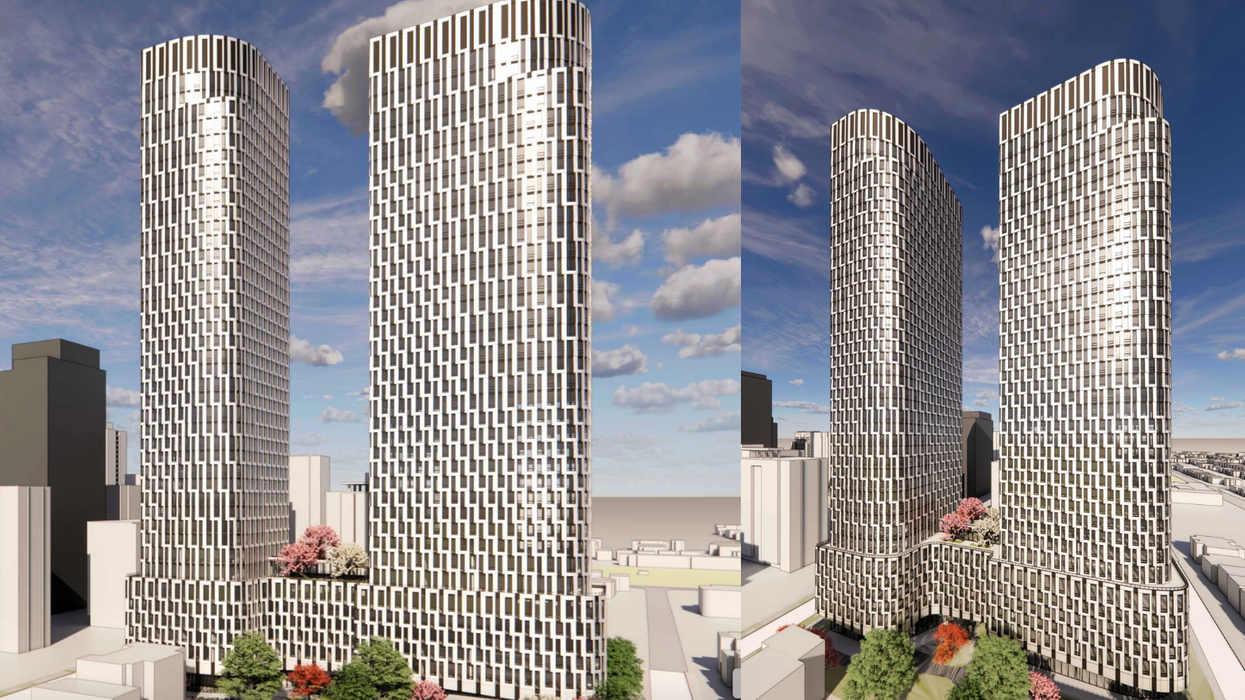
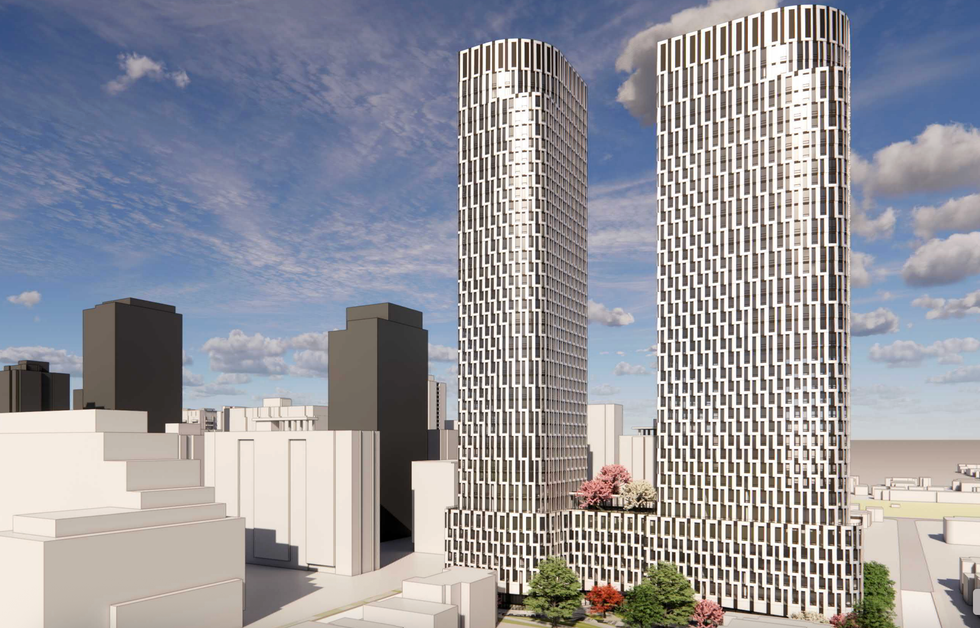

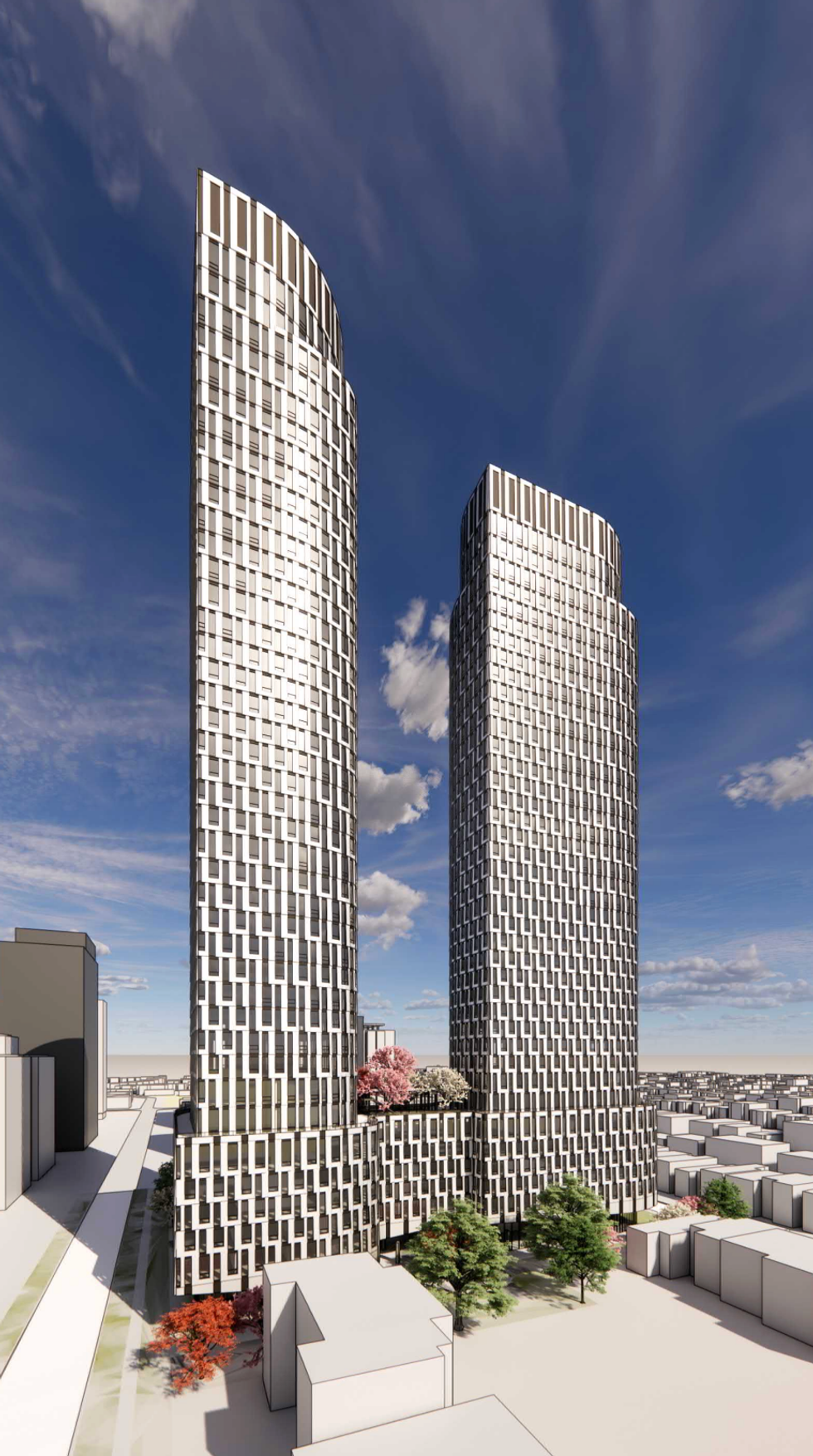
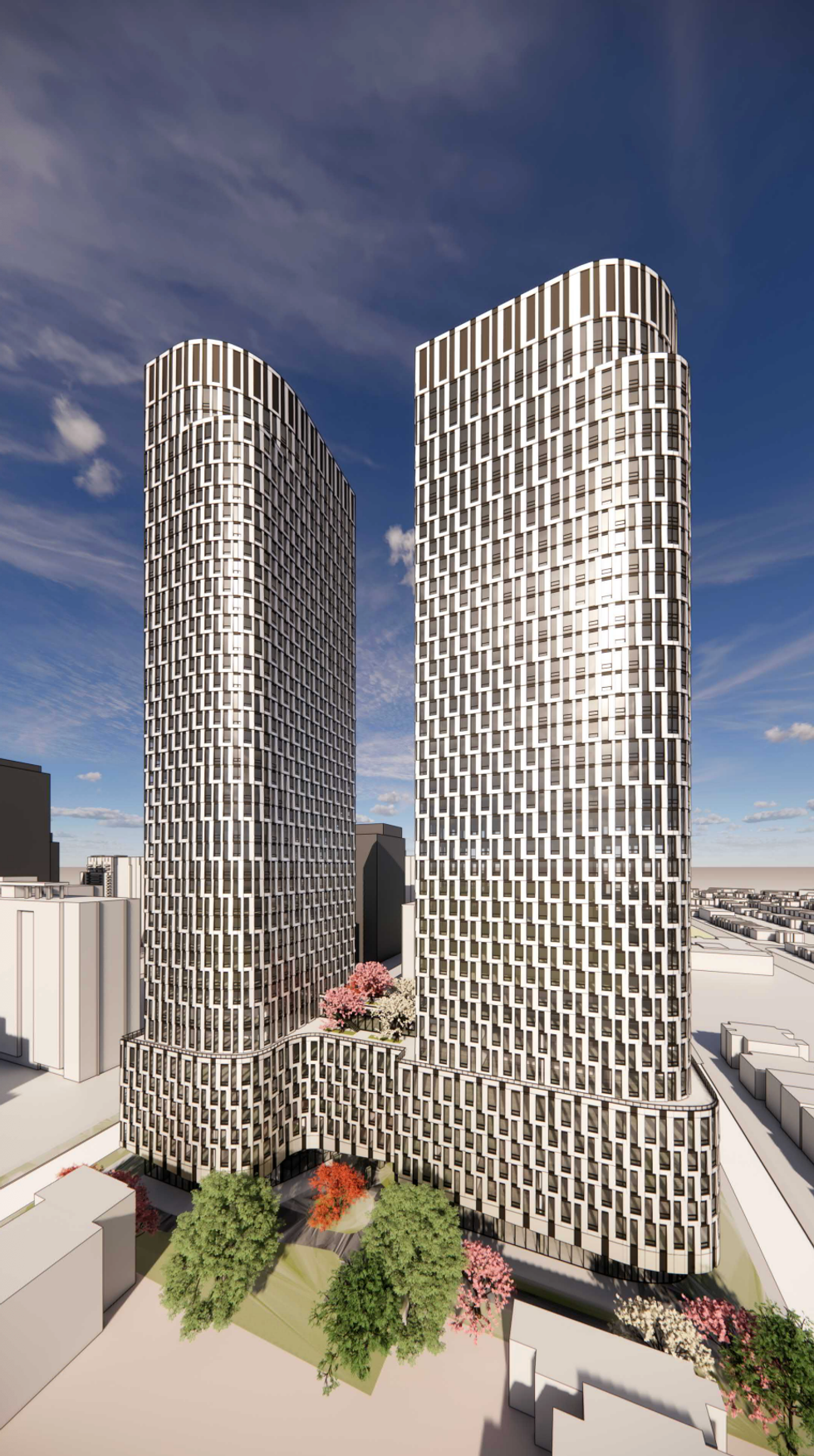
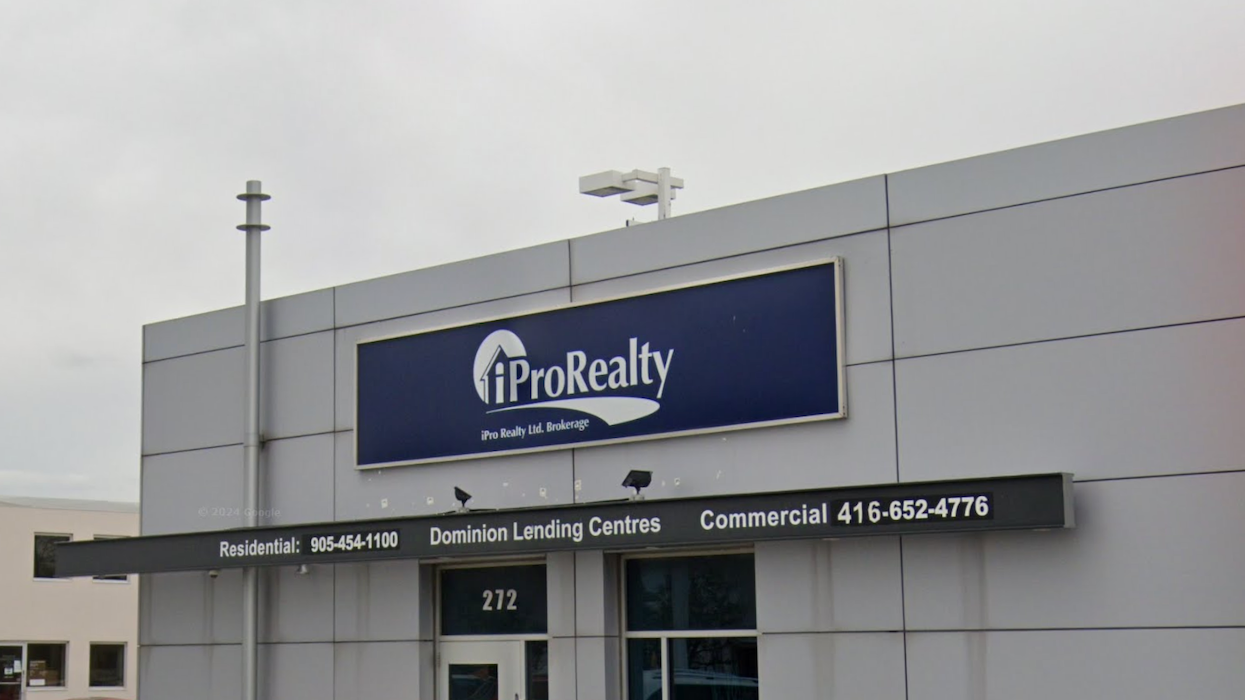
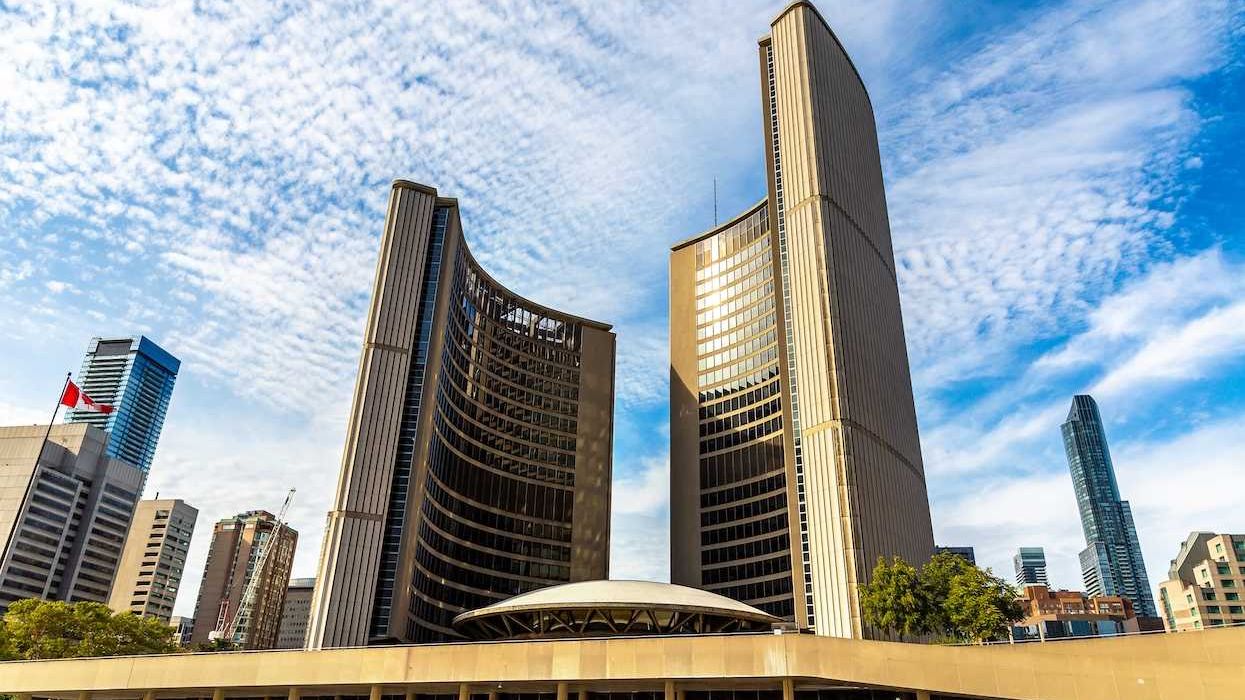
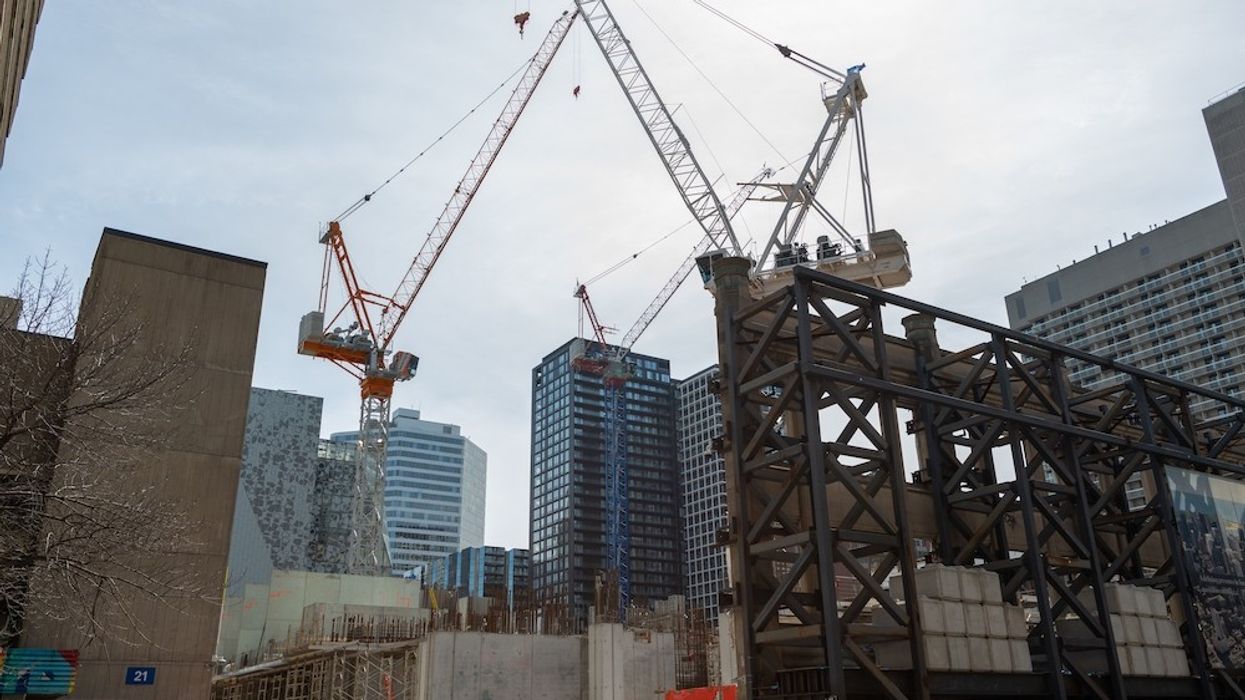
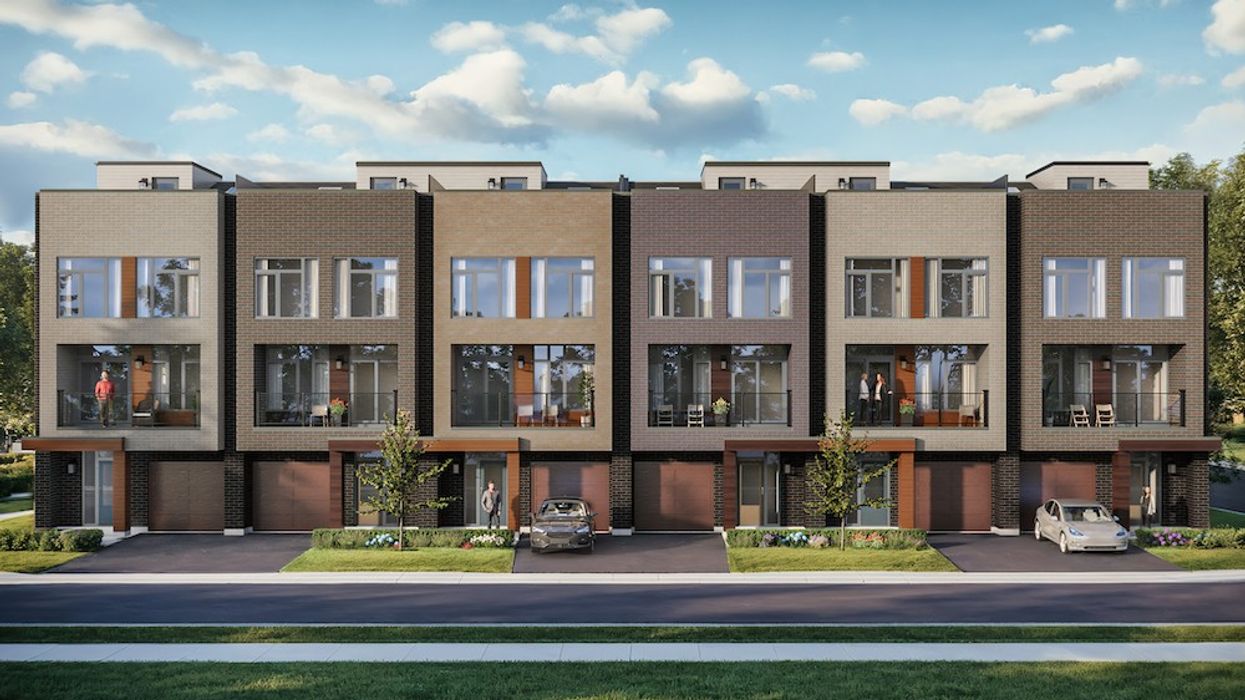
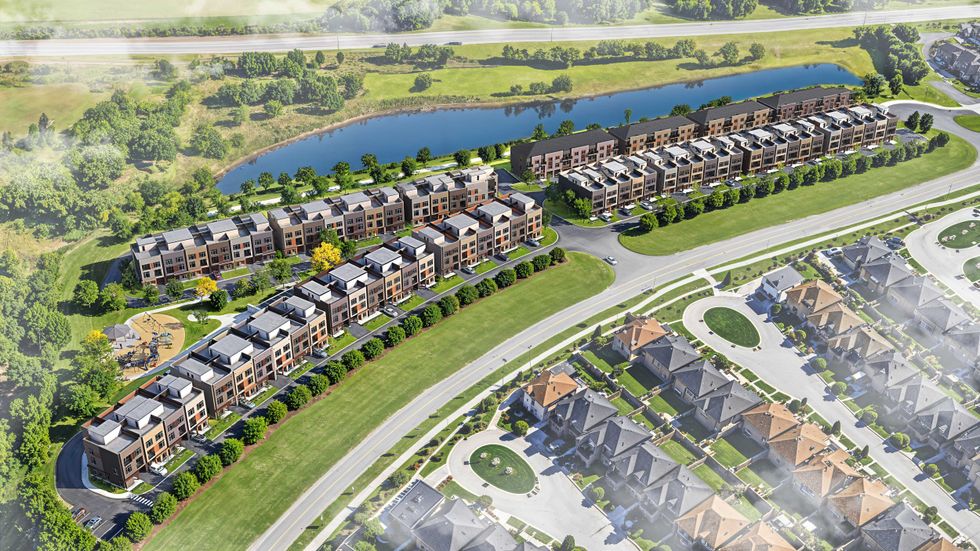 Camcos Living
Camcos Living Shutterstock
Shutterstock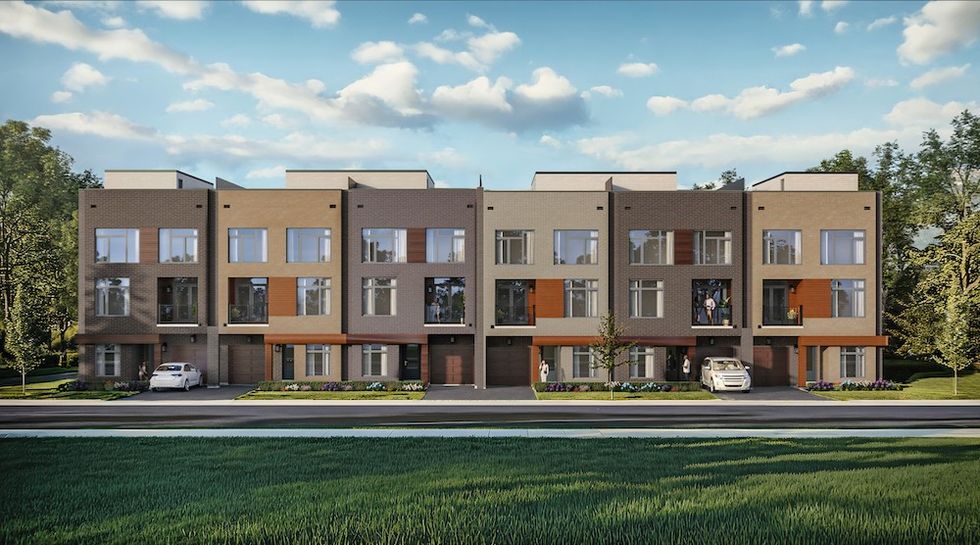 Little Rouge Block G/Camcos
Little Rouge Block G/Camcos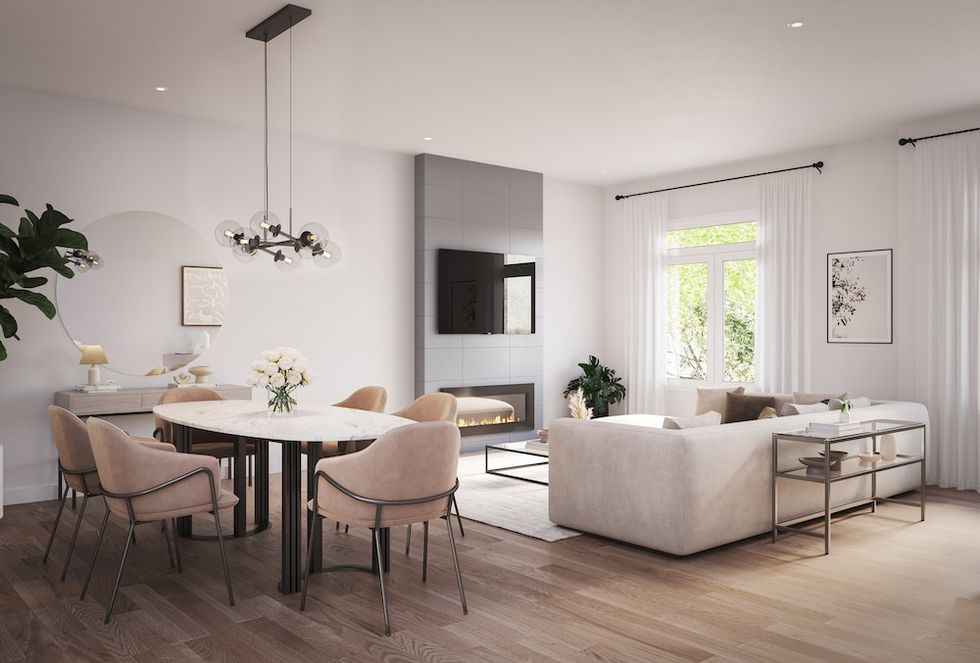 Camcos Living
Camcos Living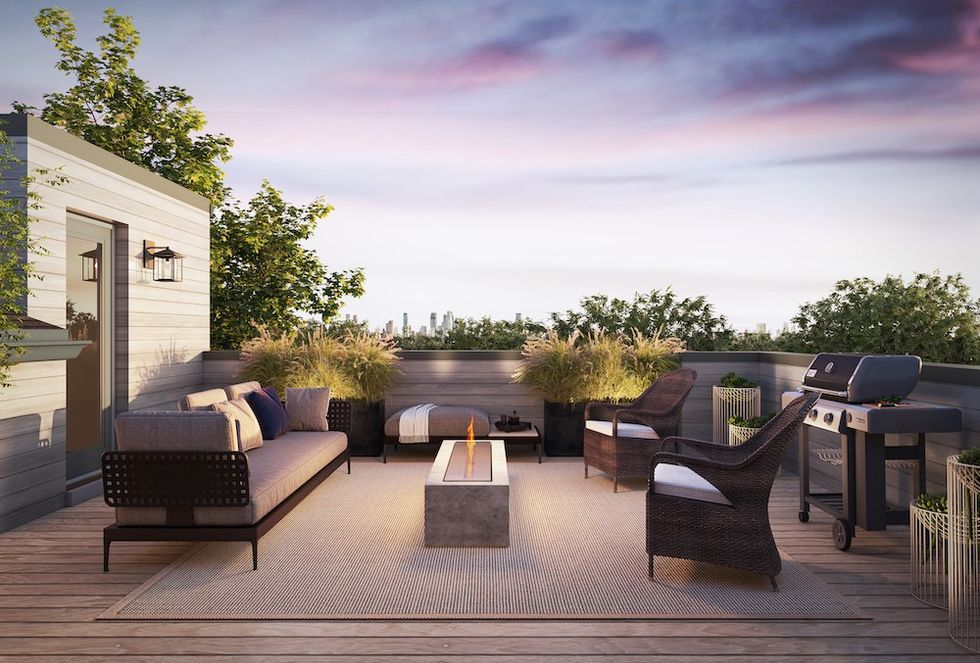 Camcos Living
Camcos Living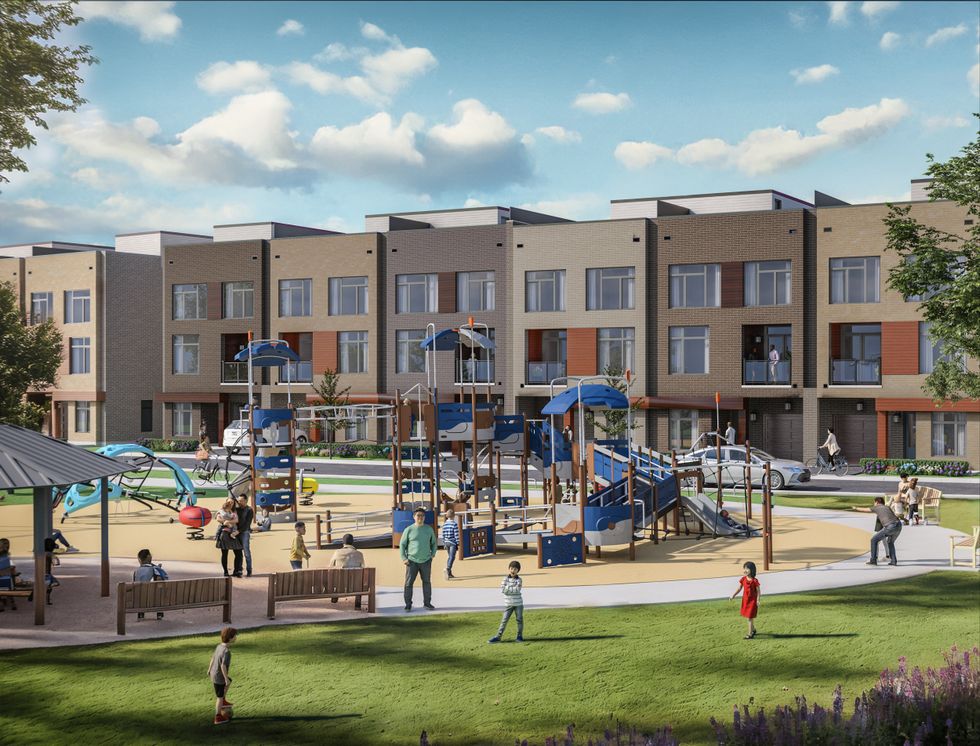 Camcos
Camcos